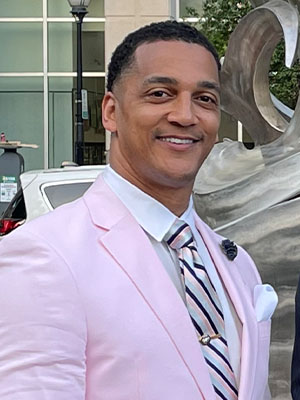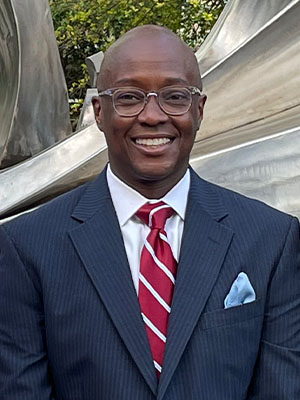Have you ever wondered about the difference between intervening and superseding causes in personal injury cases? When it comes to establishing liability for an incident, understanding these legal concepts is crucial. Let’s delve into what they entail and how they impact personal injury claims.
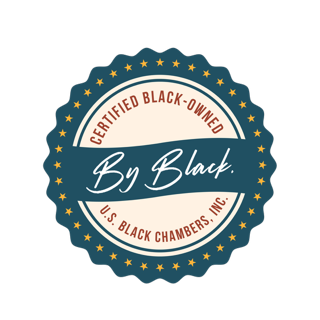
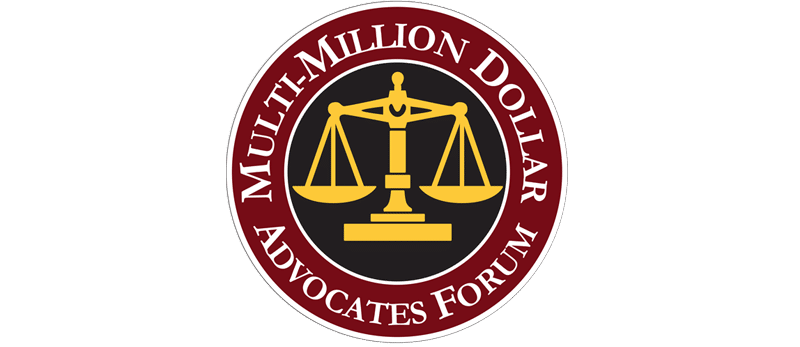

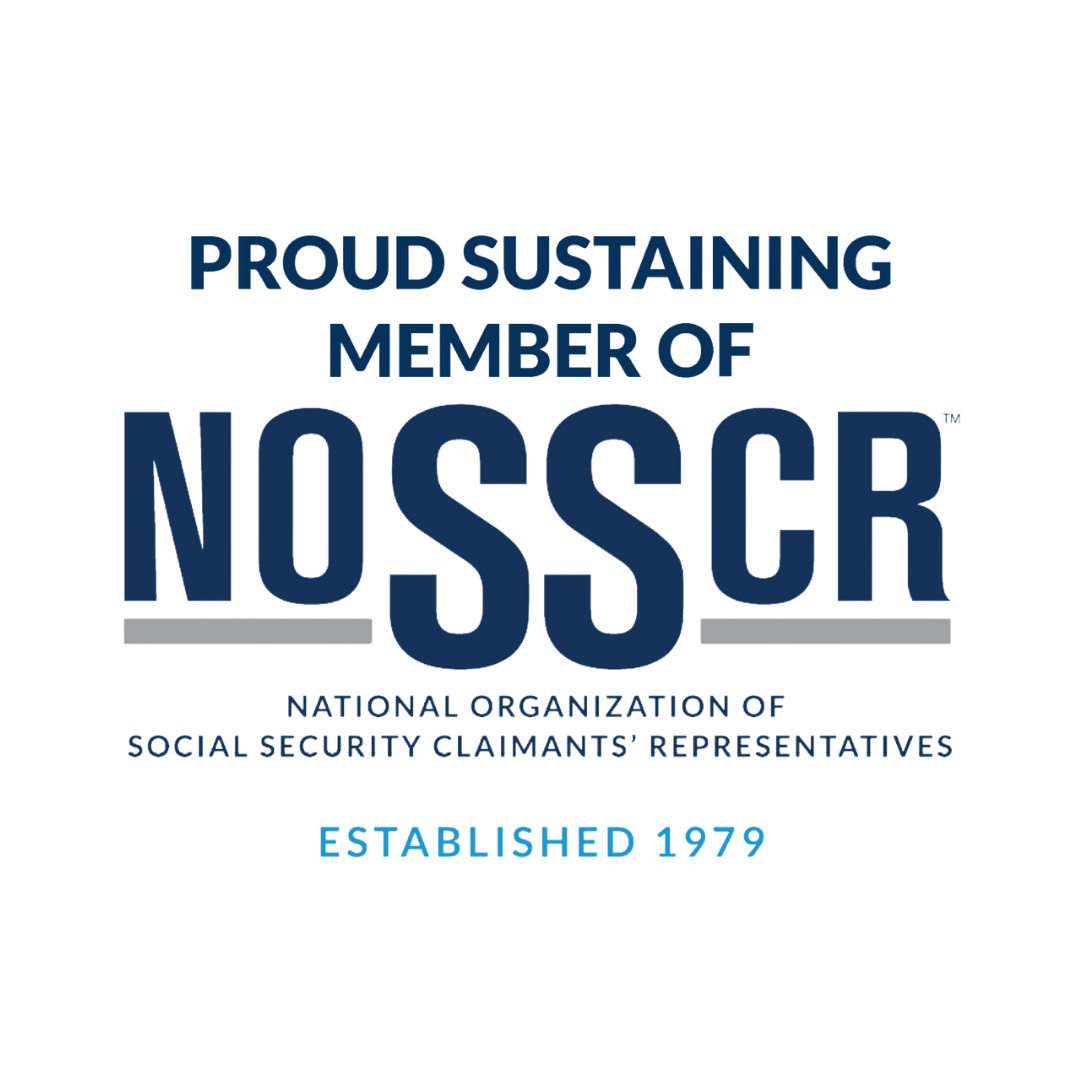
What Defines an Intervening Cause?
In the realm of personal injury law, an intervening cause occurs when a secondary event exacerbates or contributes to the injuries caused by the primary incident. Picture this scenario: you’re driving down the road when a speeding driver swerves into your lane, causing a minor whiplash injury. However, because of the collision, your vehicle is pushed into oncoming traffic, leading to a more severe accident with another vehicle.
In this case, the speeding driver represents the primary cause, while the subsequent collision with the other vehicle is considered an intervening cause. It’s essential to note that in many instances, the party responsible for the primary cause may also bear liability for the intervening cause if they could have reasonably foreseen the potential consequences of their actions.
Using the example, the speeding driver should have reasonably anticipated that their reckless driving could lead to further accidents. Consequently, they may be held accountable for the injuries resulting from the subsequent collision, despite not directly causing it.
However, there are scenarios where foreseeability becomes a pivotal factor. If the consequences of an action were unforeseeable, the party responsible for the primary cause may not be held liable for the resulting harm caused by the intervening event. In such instances, the intervening cause transitions into what is known as a superseding cause.
Understanding Superseding Causes
A superseding cause occurs when a secondary event, unbeknownst to the party responsible for the initial cause, leads to unforeseeable and significant harm. Let’s consider a different scenario: you’re a passenger in a taxi, and the driver hastily drops you off at an intersection against safety protocols. As you exit the vehicle, another driver runs a red light and collides with you, causing severe injuries.
Here, the negligence of the taxi driver constitutes the primary cause. However, the taxi driver may argue that they couldn’t have anticipated the subsequent collision when they dropped you off. In essence, they couldn’t foresee the crash that ensued after your departure, thereby absolving them of liability.
Conversely, the driver who ran the red light would likely bear greater responsibility for the resulting damages. The occurrence of the red-light violation serves as a superseding cause, relieving the taxi driver of liability for the ensuing accident.
Identifying Complexity and Seeking Legal Guidance
While the concepts of intervening and superseding causes may seem straightforward, determining their applicability in real-world scenarios can be complex. In some cases, distinguishing between the two may pose significant challenges, necessitating the experience of a seasoned legal professional.
When faced with personal injury claims involving multiple causes, consulting with a knowledgeable attorney becomes imperative. An experienced legal advocate can navigate the intricacies of causation, assess liability, and advocate for your rights effectively.
The Importance of Thorough Investigation
In personal injury cases where intervening or superseding causes are at play, conducting a thorough investigation is paramount. This entails gathering evidence, analyzing the sequence of events, and evaluating the actions of all parties involved. By meticulously examining the circumstances surrounding the incident, attorneys can construct a compelling case that establishes liability and maximizes the likelihood of a favorable outcome for the injured party.
Proving Foreseeability
Central to the determination of liability in cases involving intervening and superseding causes is the concept of foreseeability. Courts assess whether the party responsible for the initial cause could have reasonably anticipated the occurrence of subsequent events. Establishing foreseeability requires a nuanced understanding of legal precedents, testimony, and factual evidence. An attorney may demonstrate foreseeability, thereby strengthening the plaintiff’s case and compelling the at-fault party to assume responsibility for their actions.
Mitigating Factors and Comparative Negligence
In some instances, the presence of intervening or superseding causes may mitigate the liability of the party responsible for the primary cause. However, it’s essential to recognize that mitigating factors do not necessarily absolve the negligent party of all responsibility. Courts may employ principles of comparative negligence to apportion liability based on the degree of fault attributable to each party. Understanding how intervening and superseding causes intersect with comparative negligence principles is critical in pursuing a fair and equitable resolution for all parties involved.
Choosing a Personal Injury Attorney Personal Injury Case Case TimelineRelated Videos
Challenges in Establishing Causation
Navigating the complexities of causation in personal injury cases requires a comprehensive understanding of legal doctrine and precedent. Attorneys must meticulously analyze the factual circumstances surrounding the incident, anticipate potential counterarguments, and address challenges to causation raised by opposing counsel. By employing a strategic approach grounded in legal experience and analytical rigor, attorneys can effectively establish the causal link between the defendant’s actions and the plaintiff’s injuries, thereby bolstering the strength of their case.
The Role of Witnesses
In cases involving complex issues of causation, witnesses play a pivotal role in providing specialized knowledge and professional opinion. Whether in the fields of accident reconstruction, medical forensics, or engineering, witnesses offer invaluable insights that elucidate the causal factors underlying the incident. Their testimony can lend credibility to the plaintiff’s claims, refute opposing arguments, and clarify intricate technical details for the court’s consideration. By leveraging the experience of qualified professionals, attorneys can enhance the persuasiveness of their arguments and increase the likelihood of a favorable outcome for their clients.
Precedent and Legal Precedent
Legal precedent serves as a guiding framework in personal injury cases, shaping the interpretation and application of intervening and superseding cause doctrines. Attorneys pour over prior court rulings and appellate decisions to identify relevant precedents that support their arguments and reinforce their legal positions. By drawing upon established legal principles and precedents, attorneys can construct persuasive arguments that resonate with judges and juries, thereby advancing the interests of their clients and achieving justice on their behalf.
Case Studies and Illustrative Examples
Examining real-world case studies and illustrative examples can provide valuable insights into how intervening and superseding causes operate in practice. By analyzing precedents and outcomes from past cases, attorneys can glean valuable lessons and strategies for effectively navigating similar legal challenges. Case studies offer a tangible framework for understanding the complexities of causation, foreseeability, and liability, enabling attorneys to craft more compelling arguments and advocate more effectively on behalf of their clients.
Mediation and Alternative Dispute Resolution
In cases where liability is contested or complex issues of causation arise, mediation and alternative dispute resolution (ADR) mechanisms can offer a constructive means of resolving disputes outside the courtroom. Through mediation, parties engage in facilitated negotiations with the assistance of a neutral mediator, seeking to reach a mutually acceptable settlement that addresses their respective interests and concerns. ADR processes promote collaboration, communication, and compromise, fostering a conducive environment for resolving contentious issues and achieving amicable resolutions.
Staying Knowledge
Staying abreast of emerging legal trends, precedents, and developments is essential for attorneys seeking to deliver exceptional representation to their clients. Continuing legal education (CLE) programs and professional development initiatives provide attorneys with opportunities to expand their knowledge, refine their abilities, and stay informed about evolving legal standards and best practices. By investing in ongoing education and training, attorneys can enhance their capabilities, adapt to changing legal landscapes, and provide clients with the highest level of service and advocacy.
Understanding the nuances of intervening and superseding causes is essential for effectively navigating personal injury cases and advocating for the rights of injured individuals. By partnering with a reputable law firm like Phillips & McCrea, PLLC, clients can benefit from experienced legal guidance, strategic advocacy, and unwavering support throughout every stage of the legal process. Through a combination of legal experience, thorough investigation, and diligent advocacy, attorneys can empower clients to pursue justice, recover rightful compensation, and move forward with confidence and peace of mind.

